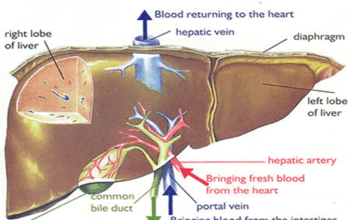In today’s world, children are increasingly exposed to sugar-sweetened beverages (SSBs), which pose significant risks to their overall health and well-being. A recent case study highlighted the alarming consumption pattern of a 5-year-old girl who consumed approximately 1,460 sodas, underscoring the urgent need to address this growing public health concern.
Health Risks of Sugar-Sweetened Beverages
Obesity and Weight Gain
Sugar-sweetened beverages are a primary contributor to childhood obesity. Research shows that children who regularly consume SSBs are at a substantially higher risk of gaining excessive weight. Meta-analysis studies have consistently demonstrated a clear association between SSB intake and increased energy consumption. For instance, a child drinking just one sugar-sweetened beverage per day can consume an additional 150 empty calories, which can lead to significant weight gain over time.
Dental Health Implications
Beyond weight concerns, SSBs pose serious threats to children’s dental health. The high sugar content in these beverages creates an ideal environment for bacterial growth, dramatically increasing the risk of dental caries. Studies have shown that children who frequently consume soft drinks are up to 3 times more likely to develop tooth decay compared to those who limit their intake.
Long-Term Health Consequences
Perhaps most concerning are the potential long-term health risks associated with SSB consumption. Repeated exposure to these sugary drinks can significantly increase a child’s risk of developing:
- Type 2 diabetes
- Cardiovascular disease
- Metabolic syndrome
Sociodemographic Factors Influencing SSB Consumption
Research from the National Survey of Children’s Health reveals that SSB consumption is not uniform across all demographic groups. Several key factors influence a child’s likelihood of consuming sugar-sweetened beverages:
Age and Ethnicity
Consumption patterns vary significantly across different age groups and ethnic backgrounds. For example, adolescents tend to consume more SSBs compared to younger children, and certain ethnic groups show higher rates of sugar-sweetened beverage intake.
Household Factors
Caregiver education and household income play crucial roles in SSB consumption. Families with lower educational levels and reduced household income are more likely to have children who consume higher quantities of sugar-sweetened beverages. This correlation highlights the importance of nutritional education and economic factors in children’s dietary choices.
Public Health Interventions
Warning Labels and Awareness
Public health initiatives have begun implementing warning labels on sugar-sweetened beverages to raise awareness about their potential health risks. Studies suggest that these labels can effectively reduce SSB consumption by providing clear, visible information about the potential health consequences.
Parental and Community Involvement
Parents and community leaders play a critical role in reducing SSB consumption among children. Key strategies include:
- Providing nutritional education
- Limiting SSB availability at home
- Encouraging healthy beverage alternatives
- Supporting school-based nutrition programs
Recommendations for Healthier Choices
To protect children’s health, experts recommend:
- Replacing SSBs with water, milk, or unsweetened beverages
- Educating children about nutrition
- Setting clear dietary guidelines at home
- Supporting community health initiatives
By understanding the profound impact of sugar-sweetened beverages and taking proactive steps, we can help protect our children’s current and future health. Every small change in beverage consumption can contribute to significant long-term health benefits.






